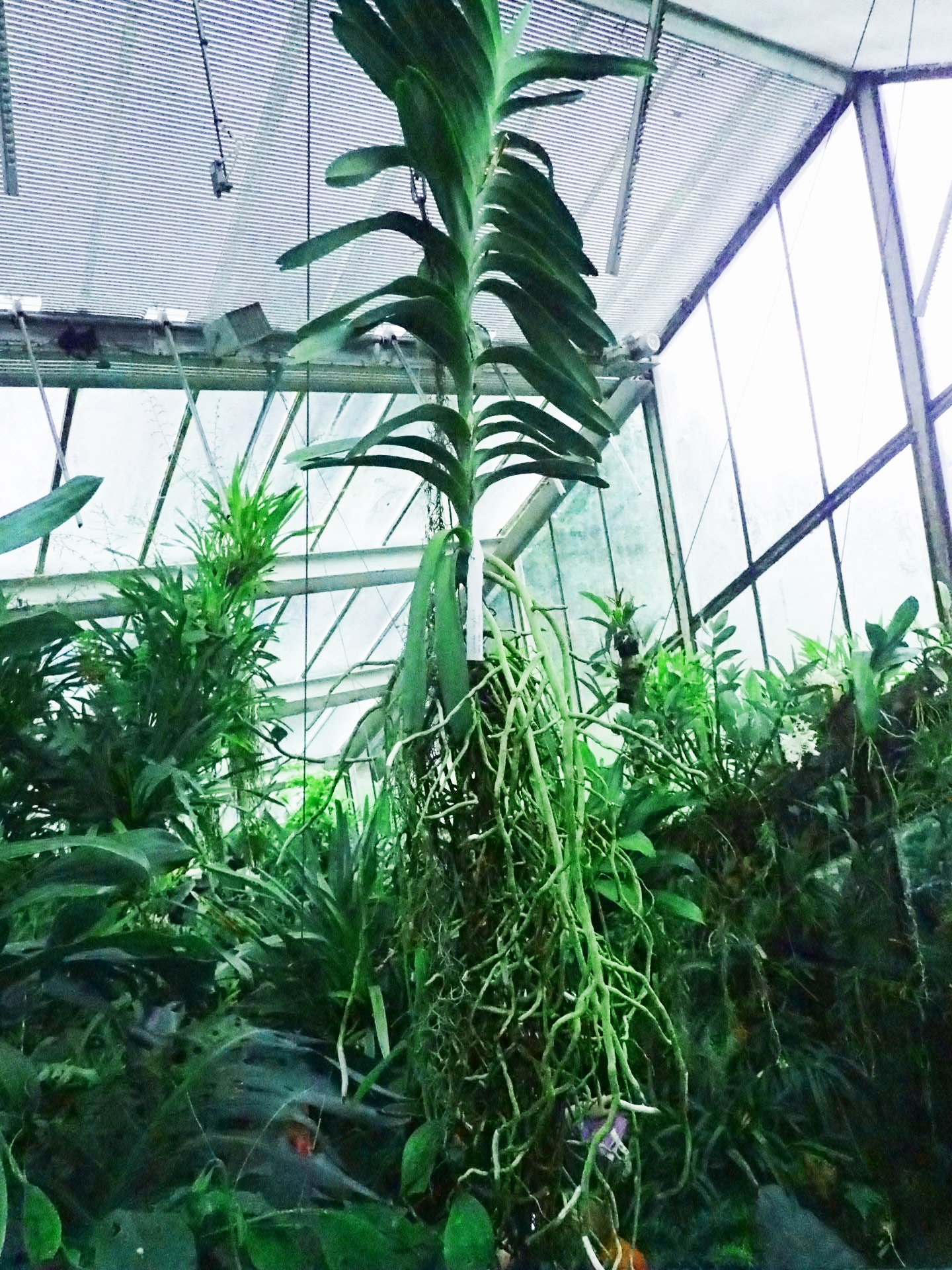Kew Gardens: An Orchid-Lover’s Paradise
Dendrobium densiflorum at Kew
Kew Gardens, a UNESCO world heritage site located just outside of London in the city of Richmond (if you’re a Ted Lasso fan you know Richmond), boasts the most extensive and diverse plant collection of any botanical garden in the world. Scientists at Kew conduct research on everything from plant-based medical treatments to fungal networks to climate change mitigation.
Kew Gardens exhibits over 50,000 living plants, including more than 4,500 orchids of various species. A number of these orchids are endangered, and some are critically endangered. Many gardens have orchids, but they’re often combined into a single exhibit or greenhouse. At Kew, orchids are everywhere. Warm-temperature species live in the Tropical Nursery, moderate-temperature species live in the Temperate House, cold-tolerant species live in the wildflower areas and the Rock Garden, and one can find many of the above in the Princess of Wales Conservatory.
Vanda orchid at Kew
The orchids at Kew are among the largest I’ve ever seen anywhere, with roots that extend from high tree branches or the ceiling all the way down to the floor. I’m pretty proud of my orchids, but at Kew I lose count of the number of times my eyes go wide and I think or say, “now this is an orchid!”
It’s hard to choose which orchids to feature if I’m going to refrain from a 5,000-word post, but I’ll pick three.
Nun’s hood orchid (photo credit: Daderot, CC0, via Wikimedia Commons)
The first tropical orchid species to bloom in England is the Phaius tankervilleae, otherwise known as the “nun’s hood” or “swamp orchid.” Heiress and botanist Emma Lady Tankerville owned the greenhouse where it first flowered on property that now belongs to Kew Gardens. Native to Southeast Asia and Australia, the nun’s hood used to be fairly common, but has become rare over time.
Another choice specimen at Kew is the Epidendrum montserratense, which grows on the island of Montserrat in the Caribbean. Botanists harvested a few of them off trees that had been killed by volcanic eruptions and ash debris on the island and have been growing them at Kew in an attempt to boost the numbers of this critically endangered species.
Paphiopedilum druryi (photo credit: Rudlophus, CC2.0 via Wikimedia)
Kew also maintains Paphiopedilum druryi, a critically endangered species found only in the Agastyamala Hills of Southern India. This semi-terrestrial orchid has been so overharvested by collectors that it wasn’t spotted in the wild for roughly 100 years.
Between the sheer number of specimens, their rarity, and their mind-boggling size, Kew’s orchid collection will blow anyone’s mind, including those who aren’t plant-obsessed—yet.
Oncidium sphacelatum at Kew Gardens





